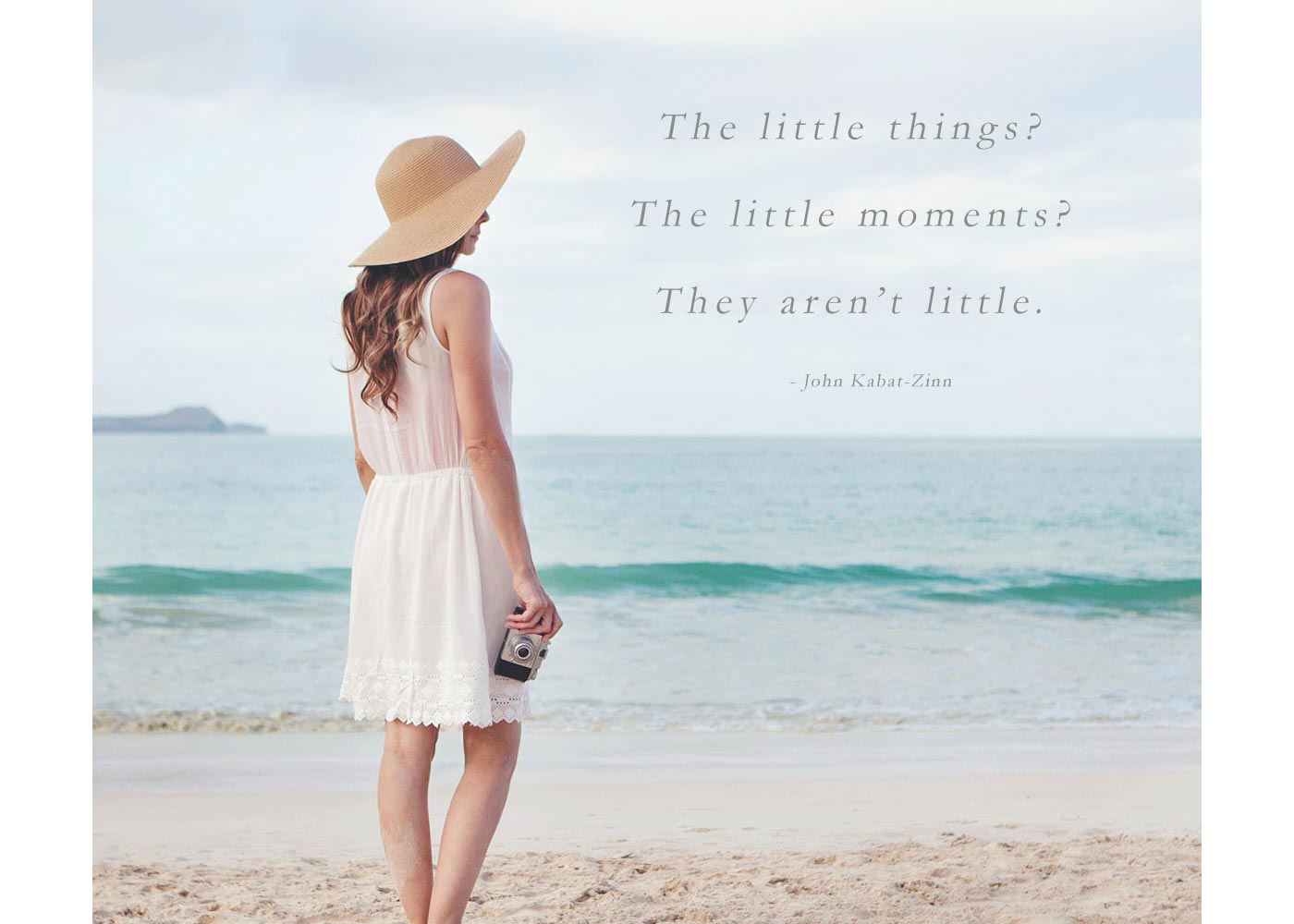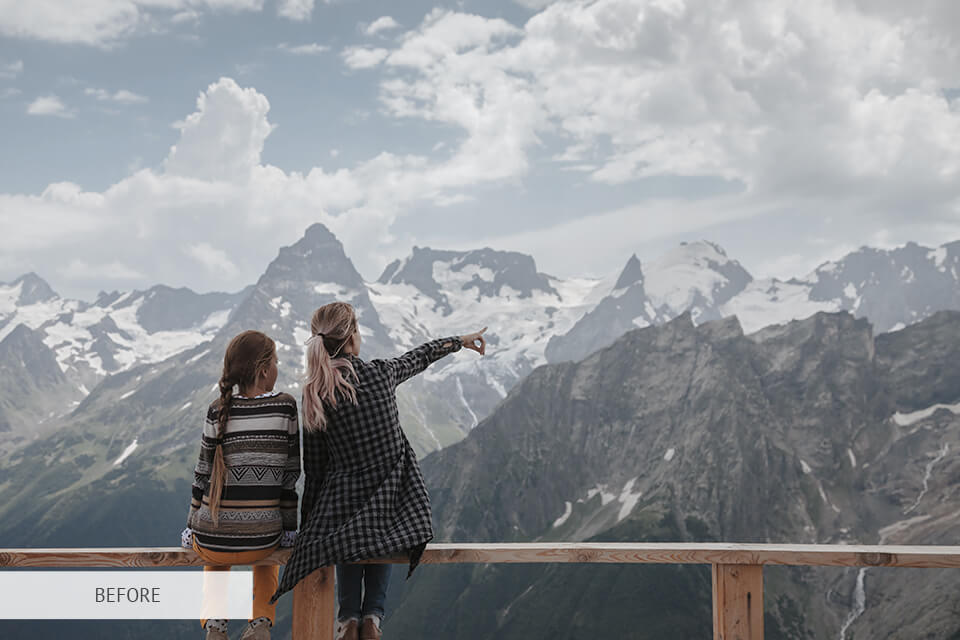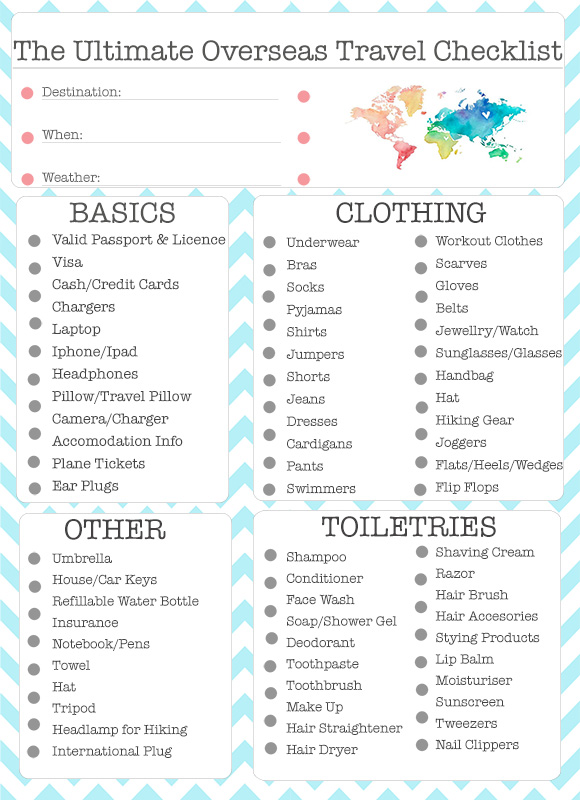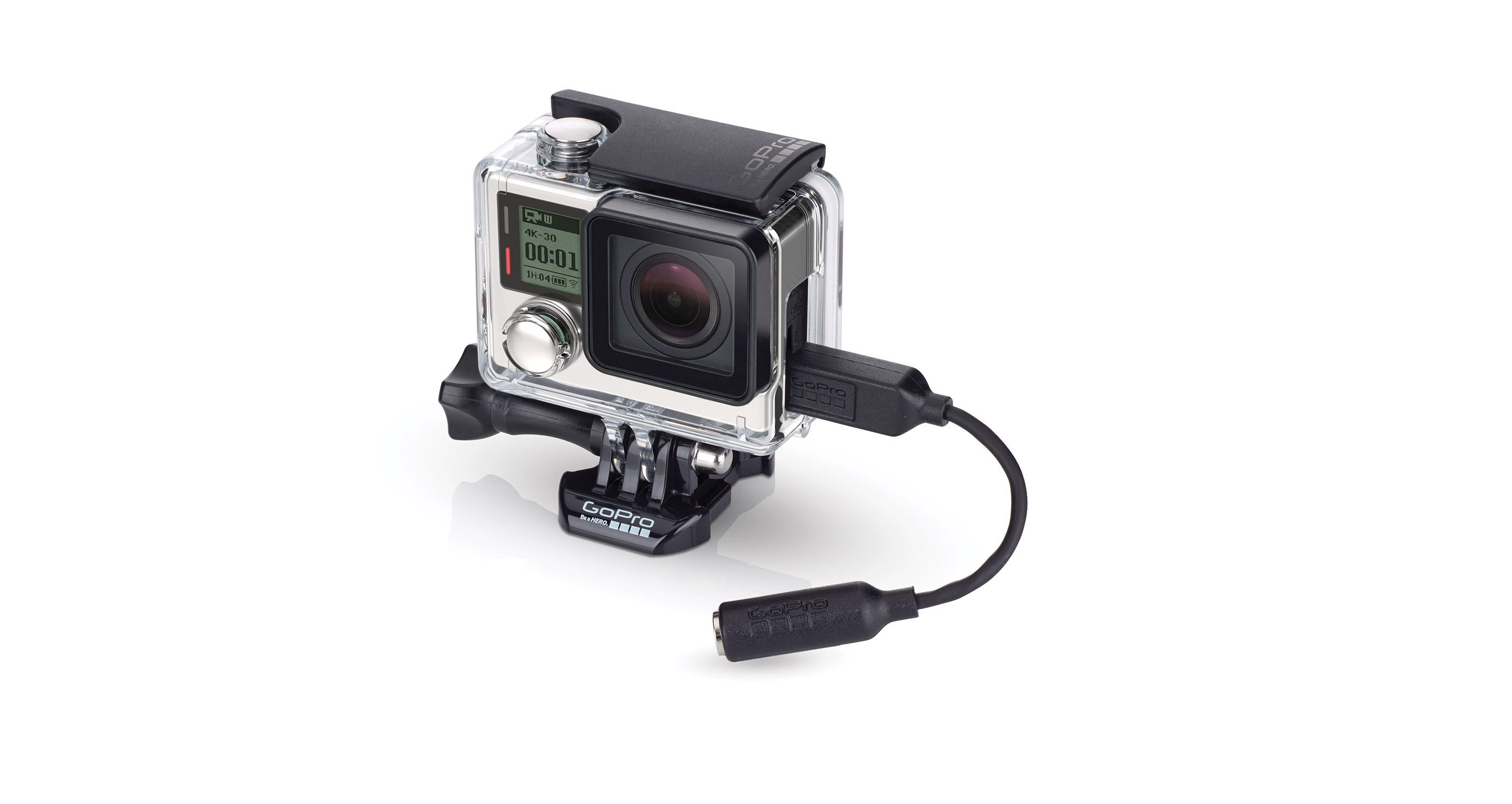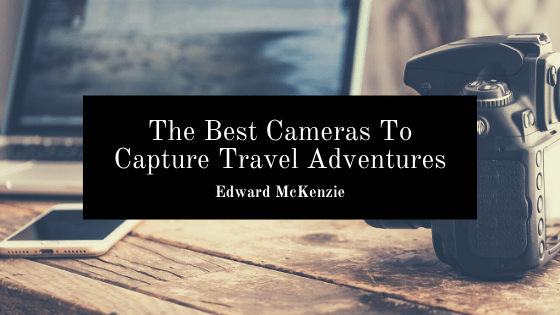“Beginner Travel Camera Settings: Your Guide to Capturing Stunning Travel Photos
Related Articles Beginner Travel Camera Settings: Your Guide to Capturing Stunning Travel Photos
- Chasing The Golden Hour: A Beginner’s Guide To Capturing Stunning Sunset Photos
- Unlocking Stunning Shots: The Ultimate Guide To GoPro Photo Spots And Accessories
- DSLR Travel Photography Ideas: Apps To Inspire Your Next Adventure
- DSLR Vs. GoPro: A Traveler’s Guide To Choosing The Right Camera
- GoPro Camera Settings For Travel: Capture Stunning Memories On The Go
Introduction
On this special occasion, we’re delighted to explore an engaging topic: Beginner Travel Camera Settings: Your Guide to Capturing Stunning Travel Photos. Together, we’ll uncover insights that inform, inspire, and open new perspectives for our readers.
Table of Content
Beginner Travel Camera Settings: Your Guide to Capturing Stunning Travel Photos

So, you’re off on an adventure! You’ve packed your bags, booked your flights, and are ready to explore the world. And of course, you want to capture all those amazing moments with your camera. But if you’re a beginner, the sheer number of settings on your camera can be overwhelming. Don’t worry, this guide will break down the essential camera settings for travel photography, helping you take stunning photos that you’ll cherish for years to come.
Understanding the Basics: The Exposure Triangle
Before we dive into specific settings, it’s crucial to grasp the concept of the exposure triangle. This is the foundation of photography and involves three key elements:
-
Aperture: This controls the size of the lens opening, which affects how much light enters the camera. It’s measured in f-stops (e.g., f/2.8, f/8, f/16). A wider aperture (smaller f-number like f/2.8) lets in more light, creating a shallow depth of field (blurry background). A narrower aperture (larger f-number like f/16) lets in less light and creates a larger depth of field (everything in focus).
-
Shutter Speed: This is the amount of time the camera’s shutter stays open, exposing the sensor to light. It’s measured in seconds or fractions of a second (e.g., 1/1000s, 1/60s, 1s). A fast shutter speed freezes motion, while a slow shutter speed allows for motion blur and more light to enter the camera.
-
ISO: This measures the sensitivity of your camera’s sensor to light. A low ISO (e.g., 100, 200) is less sensitive and produces cleaner images, while a high ISO (e.g., 1600, 3200) is more sensitive and allows you to shoot in low light, but it can also introduce noise (grain) into your images.
These three elements work together to determine the exposure of your photo – how bright or dark it is. Adjusting one setting will affect the others, so understanding their relationship is key to achieving the desired results.
Essential Camera Settings for Travel Photography
Now, let’s explore the specific camera settings you’ll need to master for your travel adventures:
- Shooting Mode:
-
Auto Mode: This is the easiest mode to use, as the camera automatically adjusts all the settings for you. It’s a good starting point, but it doesn’t give you much control over the final image.
-
Program Mode (P): This mode allows you to set the ISO, white balance, and exposure compensation, while the camera chooses the aperture and shutter speed. It offers more control than Auto Mode but still provides some assistance.
-
Aperture Priority Mode (Av or A): In this mode, you set the aperture, and the camera automatically selects the shutter speed to achieve the correct exposure. This is great for controlling the depth of field, whether you want a blurry background for portraits or a sharp landscape.
-
Shutter Priority Mode (Tv or S): In this mode, you set the shutter speed, and the camera automatically selects the aperture. This is ideal for capturing motion, whether you want to freeze a fast-moving subject or create motion blur.
-
Manual Mode (M): This mode gives you complete control over both the aperture and shutter speed. It’s the most challenging mode to learn, but it allows you to achieve the exact look you want.
- Aperture:
- Landscapes: Use a narrow aperture (e.g., f/8 to f/16) to ensure that everything in the scene is in focus, from the foreground to the background.
- Portraits: Use a wide aperture (e.g., f/1.8 to f/5.6) to create a shallow depth of field, blurring the background and isolating your subject.
- Street Photography: A versatile aperture range of f/2.8 to f/8 can work well, depending on the scene and desired effect.
- Shutter Speed:
- Freezing Motion: Use a fast shutter speed (e.g., 1/250s or faster) to freeze fast-moving subjects like birds, cars, or athletes.
- Motion Blur: Use a slow shutter speed (e.g., 1/30s or slower) to create motion blur, which can add a sense of movement and dynamism to your photos. You’ll need a tripod to keep the camera steady during long exposures.
- General Rule: As a general rule, use a shutter speed that is at least equal to the focal length of your lens to avoid camera shake (e.g., if you’re using a 50mm lens, use a shutter speed of at least 1/50s).
- ISO:
- Bright Light: Use a low ISO (e.g., 100 or 200) to minimize noise and maximize image quality.
- Low Light: Increase the ISO as needed to brighten the image, but be aware that higher ISOs can introduce noise. Try to keep the ISO as low as possible while still achieving a good exposure.
- Auto ISO: Many cameras have an Auto ISO setting, which automatically adjusts the ISO based on the lighting conditions. This can be helpful in situations where the light is changing rapidly.
- White Balance:
- Auto White Balance (AWB): This setting allows the camera to automatically determine the correct white balance based on the lighting conditions. It works well in most situations.
- Preset White Balance: You can also choose a preset white balance, such as Daylight, Cloudy, Shade, or Tungsten, depending on the type of light you’re shooting in.
- Custom White Balance: For the most accurate white balance, you can use a gray card to set a custom white balance. This is especially useful in situations where the lighting is complex or unusual.
- Focus Mode:
- Single Autofocus (AF-S or One-Shot): This mode focuses on a stationary subject when you press the shutter button halfway down.
- Continuous Autofocus (AF-C or AI Servo): This mode continuously focuses on a moving subject as long as you hold the shutter button halfway down.
- Manual Focus (MF): This mode allows you to focus manually by turning the focus ring on the lens. This is useful in situations where the autofocus system is struggling to lock onto the subject.
- Metering Mode:
- Evaluative Metering (or Matrix Metering): This mode measures the light across the entire scene and calculates an average exposure. It works well in most situations.
- Center-Weighted Metering: This mode gives more weight to the light in the center of the frame. It’s useful for portraits or when you want to ensure that the subject is properly exposed.
- Spot Metering: This mode measures the light in a very small area of the frame. It’s useful for situations where the lighting is very uneven, such as when shooting a subject against a bright background.
- Image Quality:
- RAW: This format captures all the data from the camera’s sensor, giving you the most flexibility in post-processing. However, RAW files are larger than JPEG files.
- JPEG: This format compresses the image data, resulting in smaller files. JPEG is a good choice if you don’t plan to do much post-processing.
- Resolution: Choose the highest resolution setting available on your camera to capture the most detail.
Tips for Travel Photography Settings
- Shoot in RAW: As mentioned earlier, shooting in RAW gives you more flexibility in post-processing, allowing you to correct exposure, white balance, and other issues.
- Use a Tripod: A tripod is essential for shooting in low light or when using slow shutter speeds. It will help you keep the camera steady and avoid camera shake.
- Learn the Exposure Compensation: If your images are consistently too bright or too dark, use the exposure compensation dial to adjust the exposure.
- Experiment: Don’t be afraid to experiment with different settings and see what works best for you. The more you practice, the better you’ll become at understanding how the different settings affect your photos.
- Consider the Light: The type of light you’re shooting in will have a big impact on your settings. In bright sunlight, you’ll need to use a faster shutter speed and a narrower aperture. In low light, you’ll need to use a wider aperture and a higher ISO.
- Composition is Key: Remember that even with the perfect settings, a poorly composed photo won’t be very appealing. Pay attention to the composition of your shots, using techniques like the rule of thirds, leading lines, and symmetry to create visually interesting images.
- Don’t Overthink It: While it’s important to understand the basics of camera settings, don’t get so caught up in the technical details that you forget to enjoy the experience of travel photography. The most important thing is to capture the moments that are meaningful to you.
Practice and Experimentation
The best way to learn about camera settings is to practice and experiment. Take your camera out and shoot in different lighting conditions and with different subjects. Pay attention to how the different settings affect your photos. Don’t be afraid to make mistakes – that’s how you learn!
Final Thoughts
Mastering camera settings for travel photography takes time and practice. Don’t be discouraged if you don’t get it right away. Keep experimenting, keep learning, and most importantly, keep shooting. With a little effort, you’ll be able to capture stunning travel photos that you’ll cherish for years to come. Happy travels, and happy shooting!
